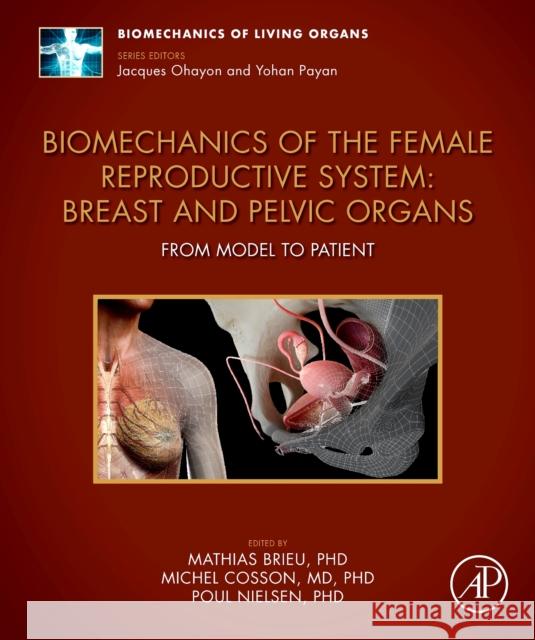Biomechanics of the Female Reproductive System: Breast and Pelvic Organs: From Model to Patient » książka
topmenu
Biomechanics of the Female Reproductive System: Breast and Pelvic Organs: From Model to Patient
ISBN-13: 9780323903196 / Angielski / Twarda / 2023
Kategorie:
Kategorie BISAC:
Wydawca:
Academic Press
Seria wydawnicza:
Język:
Angielski
ISBN-13:
9780323903196
Rok wydania:
2023
Dostępne języki:
Numer serii:
000958374
Oprawa:
Twarda











